I built this power supply for my Schoeps CMT30F vintage microphones:
It works, but it's not the best I can expect in terms of SNR.
What would do you to ensure the SNR is the best possible?
- Use 0,1% tolerance 680 Ohm resistors instead of the 1% resistors I used?
Would this 0,1% one (here in 1k, but I'll find a 680 one) improve something?
1bis. Use 0,1% tolerance 10k resistors as well (right part of schematics)?
Match two 680 Ohm resistors by buying many of them, so that they have exactly same value?
Could this be useful since it's balanced audio signal with interference reduction? As the output of "2" and "3" are in phase opposition (180°), when subtracting them, we get the signal only and noise cancellates. To have this, is it important that the 2 resistors have exactly the same value?Buy many 100 µF capacitors and find a pair that matches ESR and capacitance?
Sidenote: I looked on Farnell, but I couldn't find a "matched pair of capacitors". Do retailers sell "matched pairs" of such capacitors? (could be useful for audio)Change the capacitor type to use? I used electrolytic caps 100 µF, 50V
Use a more complex schematics? (I saw other microphone phantom power supply schematics on internet with many many components, Zener diodes, etc.!)
Something else?
